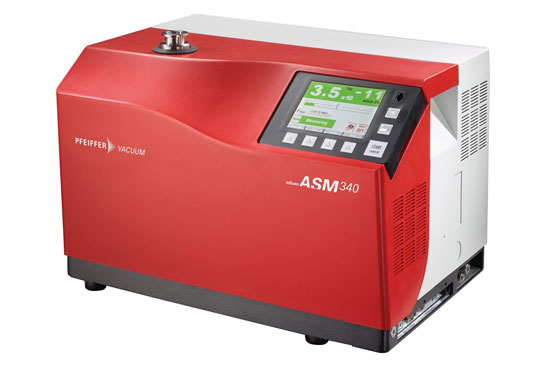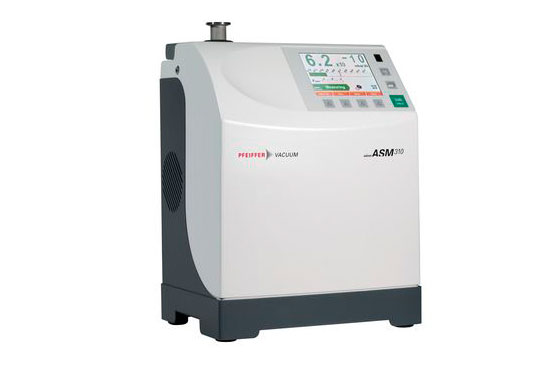- A Leak is a flow of gas or liquid through the wall in an enveloping wall or joint via an imperfection like hole, crack, porosity or improper seal. Leaks require a pressure difference to generate the flow; they always flow from higher pressure to lower pressure.Leak testing is a process used to detect manufacturing defects which helps verify the integrity of products and improve customer safety. For example, the automotive industry consistently uses leak testing to verify that assembly operations were completed properly and subcomponents are leak free.The shapes of leaks (hole, cracks, fissures, porosity etc.) are very different, unknown and non-uniform. Therefore it is impossible to measure their sizes with any geometrical dimension except of course in the case of an ideal or artificial leak as used for calibration. How then to define the leak size? A generally accepted method became the observation of gas or fluid flow through it in certain conditions of temperature and pressure difference.
- The leak rate does not only depend on the geometric dimensions (diameter, length) of the leak but also on the physical properties of the gas (or the liquid), such as viscosity, relative molecular mass and on the pressure difference. For example: in the same environment conditions helium flows through orifices 2.7 times faster than air. Because of different results if the same leak is measured by various mediums it must be always noted with which gas a testing was performed.
- The maximum acceptable leak rate for a given product depends on the nature of product. Since the cost of leak detection increases in inverse proportion to a leak rate, it follows that testing for unnecessary small leaks causes unnecessary rise of production costs.
- Manufacturers that produce parts that contain gas or liquid, need to know if their products include any defects that could allow leakage. Defective products can be costly due to increased warranty claims and potentially endangering customer safety. There are several methods available for leak testing a product. The most appropriate test method for each application depends on several items: purpose of testing, leak rate specification and test cycle time.
Helium Mass Spectrometer Leak Detector
- A vacuum pump evacuates the test chamber and test piece simultaneously to a preset vacuum. At this preset level, the chamber and the test piece are isolated and the chamber evacuated further to a very low pressure. A positive pressure variation is therefore created between the test piece and the chamber.
- Helium gas is then introduced into the test piece, often in a 10% concentration. A Mass Spectrometer analyses a sample from the chamber as the vacuum continues to be drawn. The Mass Spectrometer measures the helium leakage and sets the pass/fail decision. The test piece pressure is often compared to the chamber pressure before dosing with helium, to avoid saturating the Mass Spectrometer in the event of a gross leak.


